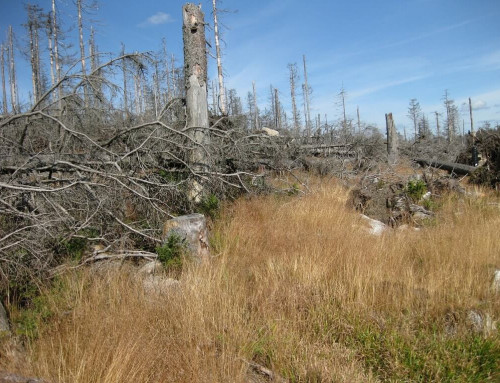
A child holding a clinic card. Image credit BBC
ZIMSEC O Level Geography Notes: Population:Introduction and importance of population studies
- Population studies is the scientific study of human populations
- It entails the study of:
- population numbers
- Their growth and decline
- deaths
- births
- fertility
- distribution
- density
- structure
- changes over time
- movement
- and their impact on the environment
Importance of population studies and population data
- Population data is required by various stakeholders for various reasons:
- Governments require it for planning purposes and policy decisions for example how many schools to build and in what areas, Financial budget decisions, health planning and policies etc.
- Planners such as town planners might need to know so that they can factor it in their planning decisions.
- Environmentalists are always considering the impact of people on the environment.
- Other groups and individuals interested in population data include: Demographers.
- Geographers
- Non Governmental Organisations
- Political Parties
- Businesses
- This is because factors such as age, growth, population size etc affect things like:
- the economic development of a country for example China’s and India’s fast economic growth are fulled by their large (more than one billion people in each country) populations.
- The impact of people on the environment for example the bigger the population the higher the pressure on resources such as firewood, timber, coal, the destruction of habitats etc.
- Impact on service provision ability e.g. education, water, health, sanitation and electricity.
- Provision of employment
- The problems of an ageing population
- General standards of living.
Ways of collecting population data
- There are three main sources of population data:
- A census of the entire population
- Registration of vital statistics
- Sample surveys.
To access more topics go to the Geography Notes page.



